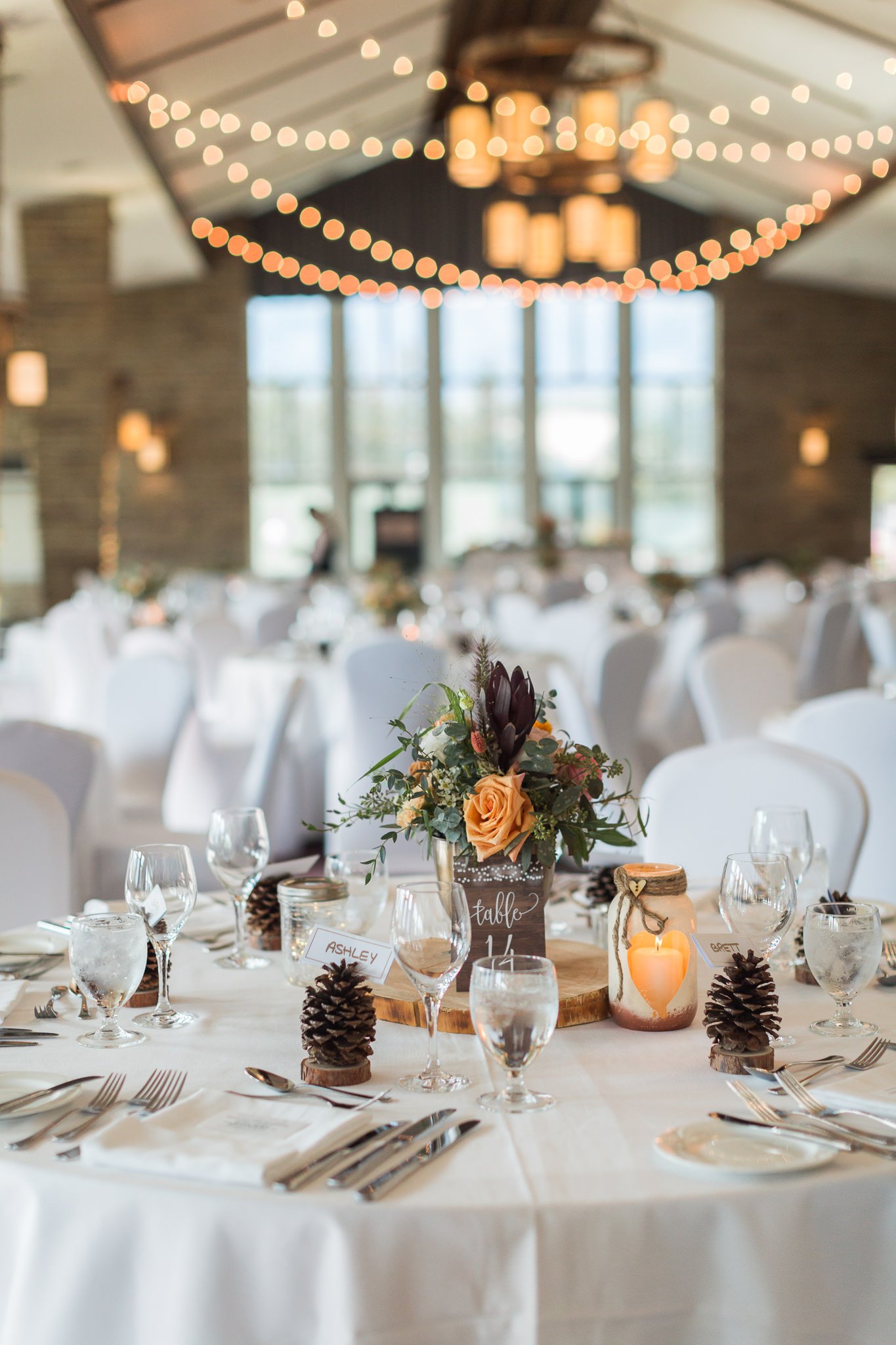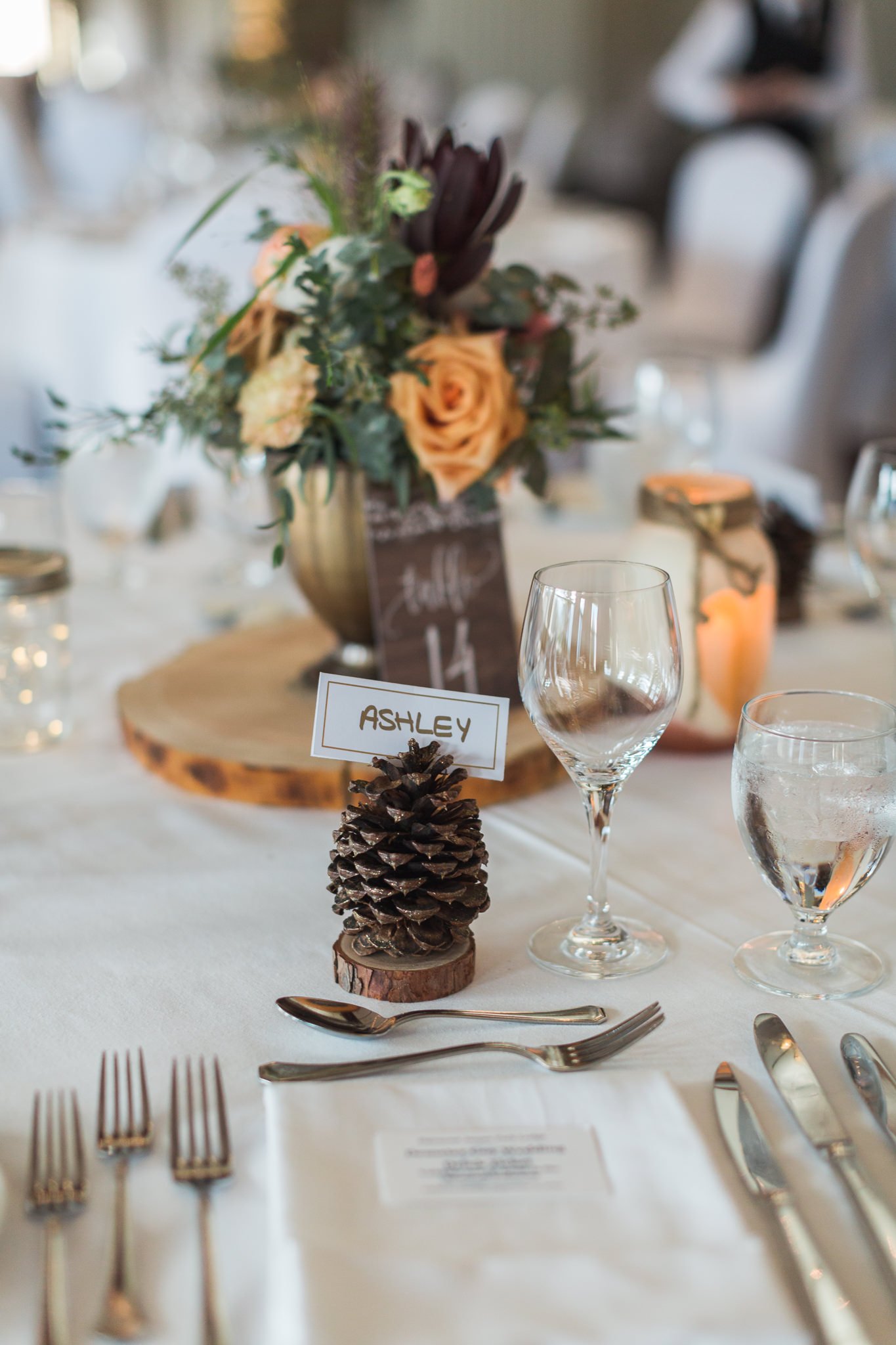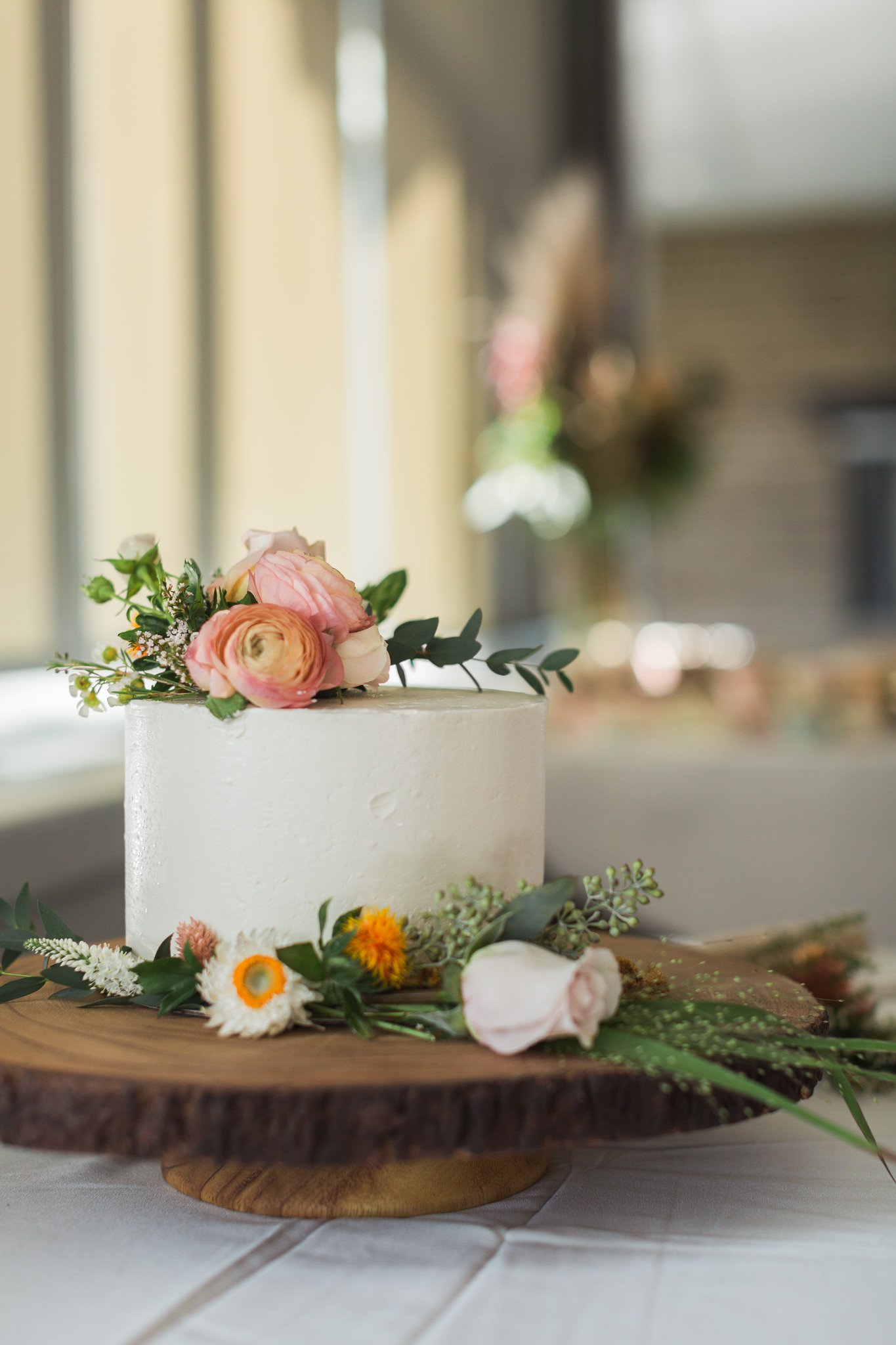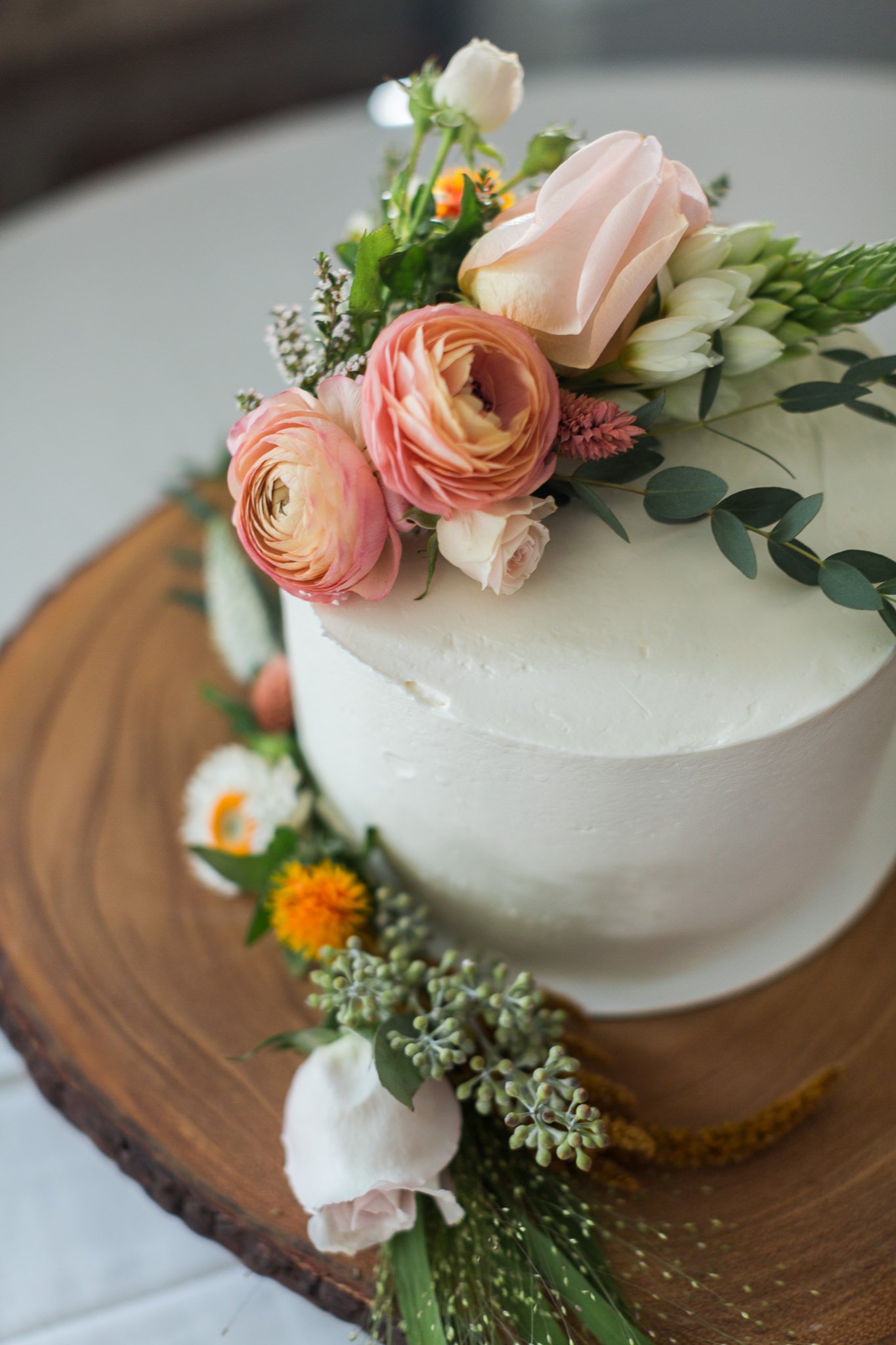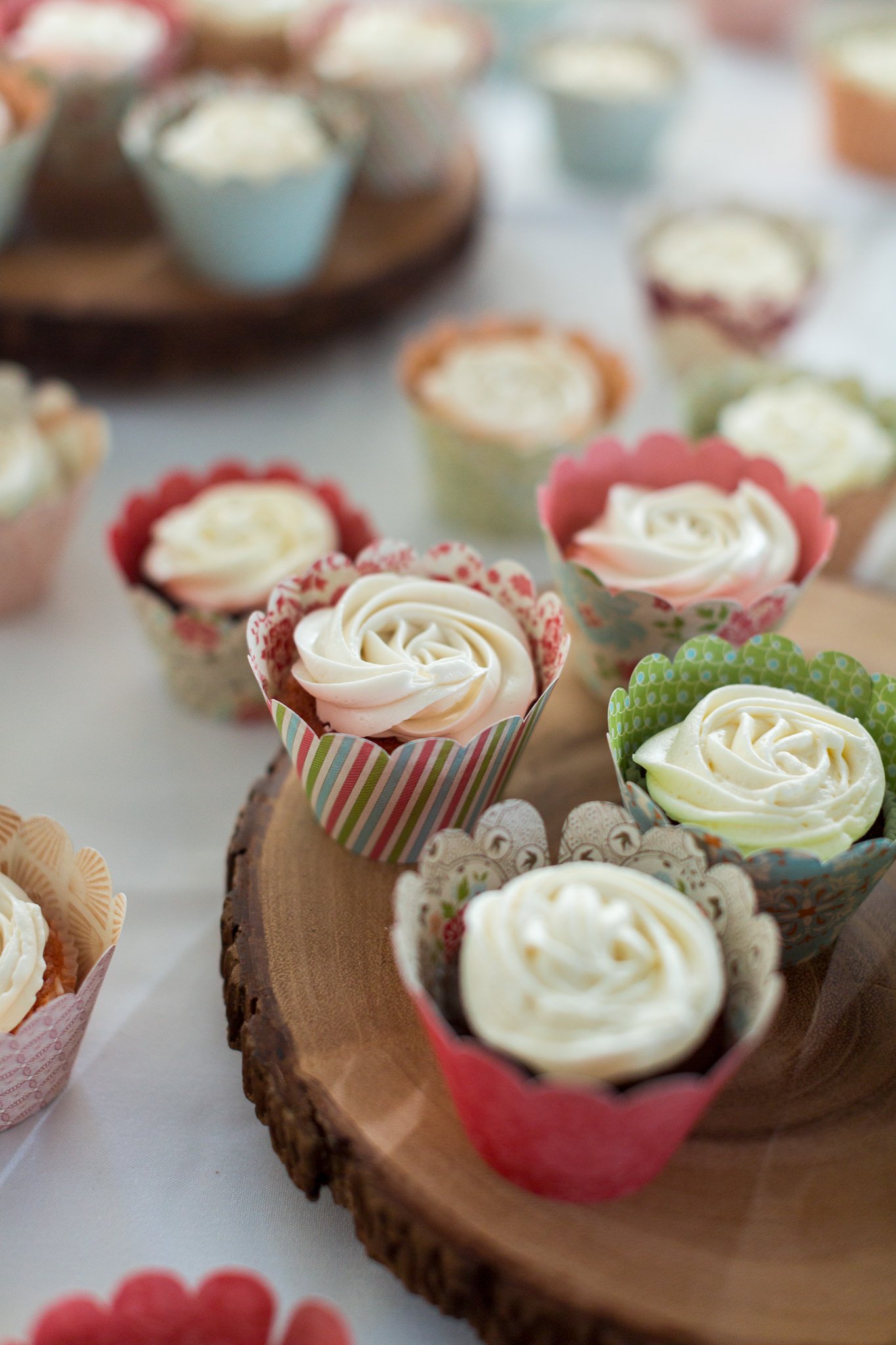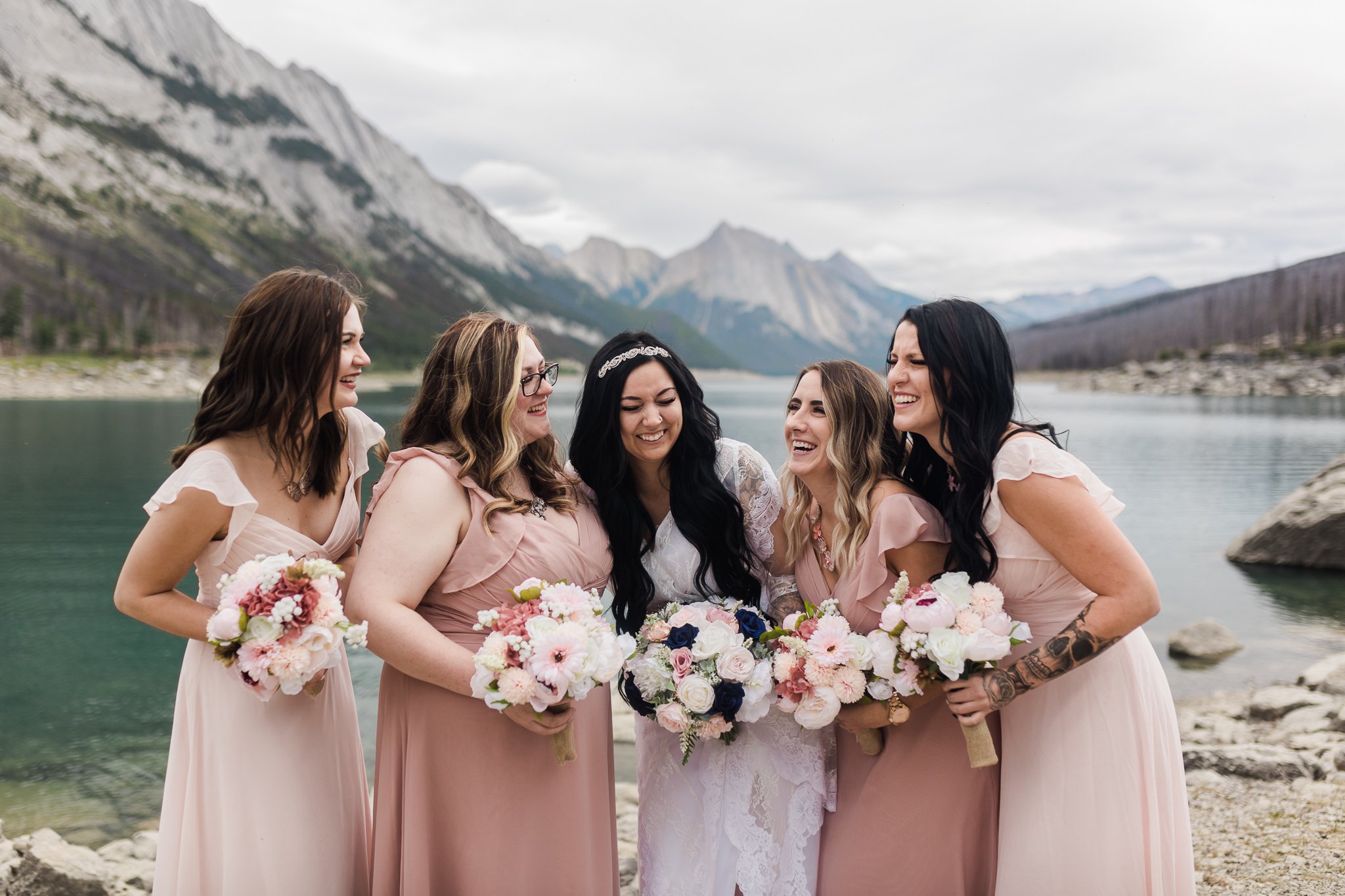Why does Wedding Photography cost so much?
So many pieces of all shapes and sizes have to fit together to bring each unique wedding vision to life. There can be a tonne of planning that goes into a wedding day, from the type of paper and font for the invites to the colour of the napkins at dinner, everything needs to suit both the couples style and idea - and their budget.
Ashley and I have photographed weddings that budgeted over $100,000, and we’ve photographed weddings that budgeted less than $5000. There is no right or wrong way to do it, it’s simply a matter of defining what things are most important to you on your special day, and what things deserve the value of your hard earned dollar. One thing that I’ve noticed over the course of photographing well over a hundred weddings is that many clients say their biggest ticket purchases for their wedding were…. (drumroll please)… photography and flowers!
We all know the romantic and artistic flair that flowers give to a ceremony of love, and I’ve certainly got a soft spot in my heart for a well-arranged bouquet or an elegant floral centerpiece (like the ones over at Elysion Florals, anyone?). But flowers are not my area of expertise, so although I can’t speak much to that, I can certainly expand on the answer to a question that I often hear floating around - why is wedding photography so expensive?
Just like a wedding, there are many factors that contribute to the cost of wedding photography. But one thing many people notice while shopping around for a wedding photographer is that there is a huge range of prices. Some people found a wedding photographer for $500, while the next paid $12,000. The reason for such disparate rates? Most often this is because some wedding photographers are professional, while others are hobbyists. “Professional” is a pretty loose term in the industry. A widely acknowledged dividing line draws professionals on the side of those who make 50% or more of their total income from photography, while non-professionals make less than 50%. There are obvious problems with this model, as it doesn’t take into account actual experience, training, and education. It also makes it easy for someone who works part time as a photographer but doesn’t actually have any other income to claim professional status.
But before I dive in to what I believe makes a professional photographer ‘professional’, I want to make a point that whether to choose an established professional, or a part-time hobbyist, or someone fresh out of school looking to shoot their first wedding completely depends on your own personal preference and what you want from your wedding photographs. Again, there is no right or wrong. Some people prefer a very distinct, crafted style that will shine through in the whole days coverage, and others just want a few simple shots to remember the moment. That’s why I’ve always maintained that there is a photographer for everyone, but no photographer is for everyone.
A professional wedding photographer is ultimately far more than a person with a camera who takes pictures for a client. A professional is someone who has created a business of their photography and is capable of creating images that are not only technically proficient, but are creative, consistent in their quality throughout different lighting scenarios, and are capable of communicating visually through emotion, tone, light, texture, and composition. A carefully developed artistic craft is a signature of the professional photographer, and this quite often requires the photographer to be formally trained in photography and lighting and to pursue a continual education that allows them to refine and define their own artistic vision. We’ve all tried to take a photo of that perfect dreamlike sunset only to realize that in order to bring our artistic vision to reality, we need certain technical tools or knowledge to do so. A professional knows how to bring their vision to life.
The artistic value of hiring a professional is obvious, but it is actually the business side that brings a lot of the value (and the added cost) to the table. For example, a professional photographer wouldn’t bat an eye if their camera broke during a shoot, because they would have a backup camera on hand. Ok, fine, they would probably do more than just bat an eye, but it wouldn’t be the end of their ability to get the images their client hired them to. A professional photographer has the experience that allows them to know what to do when things go wrong, and they are always prepared to do so.
When a photographer decides to take their craft full time, and make a career out of their passion and their art, the structure of their business and pricing model will undoubtedly change. Whereas a part-time or hobby photographer may have no problem photographing a wedding here and there on the weekends for $1500, because their income is supplemented by a partner or other means, their pricing won’t hold up as they begin to offer more robust services to their clients. Wedding photography becomes more expensive when you start to factor in costs of proper licensing and insurance, equipment replacement, networking and marketing, time spent in post-production, not to mention the costs of websites and galleries that will be convenient and aesthetically pleasing to clients. Don’t get me started on file-storage either (100 TB and counting over here), although it’s a good point to mention that many hobbyists might not know the importance of proper file management.
My point is that the costs of professional grade wedding photography are higher because the costs of doing business are higher, the professional has tools and systems in place to manage all aspects of a clients experience (even when things go wrong), and they have experience and artistic aptitude that offer real value to clients who are relying on them to capture very important moments.
As artists first and business people second, we could certainly be biased in saying that good wedding photography is worth paying for. We know the value of our own work, as well as the value of our time and what we need in order to provide for our family. There is no one offering us a benefits package or blue cross, those are costs that need to be worked into our cost of doing business if we intend to be self-employed. But we don’t mind those types of trade-offs, because we feel so blessed to be able to make a living out of our art and creativity. Our clients are generally quite happy with those trade-offs too; they are happy to support family-run businesses and to support the belief that making art is a valuable and meaningful career - a belief that we hold to heart and have the good fortune to live every day.

